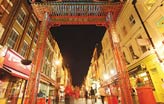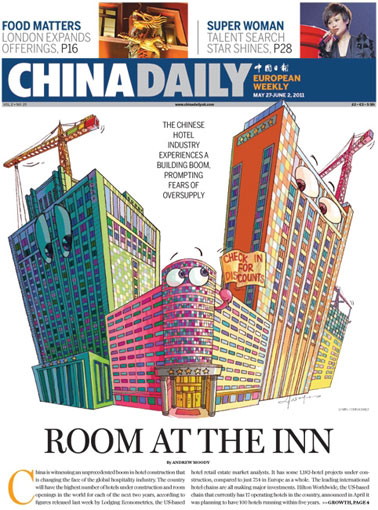Editorials
Conserving cultural heritage
Updated: 2011-05-28 07:58
(China Daily)
It seems time really is money. A history of more than 5,000 years has bestowed us 38 cultural heritage sites on the UNESCO's World Heritage List and some of these places have been turned into cash cows.
The latest two moneymakers are the Palace Museum and the Chengde Mountain Resort, the summer resort and second political center of the Qing Dynasty (1644-1911) emperors. Parts of the two cultural heritage sites have been turned into private clubs for rich people.
UNESCO World Heritage sites are required to have a management plan. In general, these sites have a strictly protected inner zone where human habitation is forbidden or its growth strictly controlled, where no alterations other than conservation work are permitted and where visits are properly managed.
Cultural heritage institutions should be driven by public service ideals, because they have a special commitment to serve everyone. But two phenomena are challenging this mission.
First, the institutions need to raise financial resources independently from public funding. Second, people are demanding more high-quality and value-added services.
Cultural heritage institutions are the guardians of the past. But for many of these institutions, the combination of financial and marketing trends creates a "go commercial" pressure that obliges them to at least change their business model. For instance, the museums have to move from mere collections to providing new experiences for the visitors.
Cultural heritage resources contribute significantly to the character, civic pride, and economy of the country, as well as the nation's appreciation of its culture and history.
The lack of recognition of the intrinsic value of cultural heritage as the spiritual wealth of the nation goes together with the lack of knowledge of conservation needs.
Commercial exploitation can become an agent of risk for the future of our cultural properties.
The stimulus for conservation of cultural heritage should not be the commercial benefit that it might provide through tourism and private clubs. The stimulus should be the social benefits that a heritage property offers and its historical significance or aesthetic value, which contributes to the identity of the nation.
The economic benefit from our cultural heritage is not insignificant, but it should not be the primary value of a heritage property. The commercial exploitation of the cultural heritage properties can threaten the integrity and diminish the authenticity of them.
E-paper

Tapping into the future
Foreign companies are investing in China's water industry as many predict a growing profit margin.
Headhunters ride on growth
Commercial property rides wave
Learning from the past
Specials

Cuisine central
London's Chinatown is helping diners appreciate full palate of Chinese food

Tying the knot
Danish couple's high-end macrame export business takes off in the mountains of Yunnan.

Truly a super woman
Li Yuchun first came to prominence in 2005 as the Super Girl winner, and since then has become an international star.
